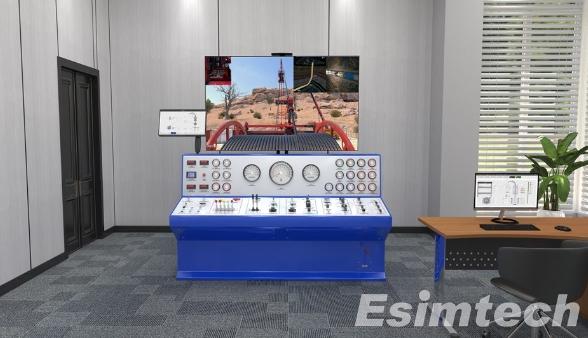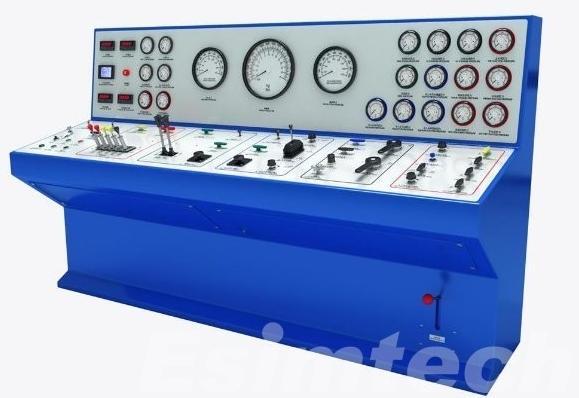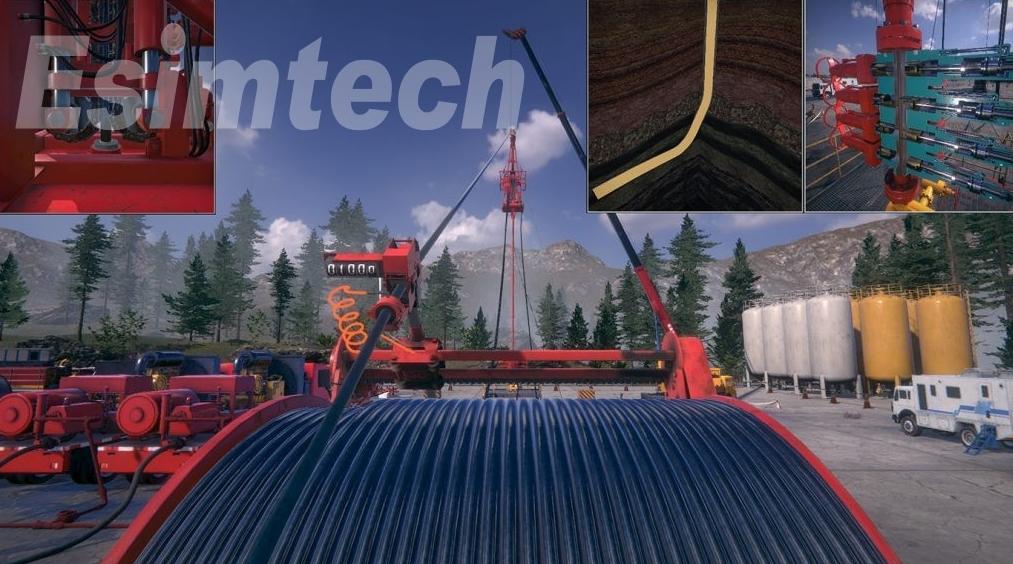In the oil and gas industry, keeping wellbores clean is really important to make sure we can get as much oil or gas as possible. One way to do this is by using something called coiled tubing, which is a flexible and efficient method. But using coiled tubing isn't easy – it takes skilled workers who can be very precise, even when the conditions are tough.

To make sure workers are well-prepared for this specialized job, the industry has started using something called a Coiled Tubing Simulator. It's like a training tool made just for learning how to do wellbore cleanouts really well. In this article, we'll look at why this simulator is important, what it can do, and how it's changing the way people learn to do these important cleanout jobs.
What are Wellbore Cleanouts?
Realistic Cleanout Scenarios
Wellbore cleanouts can vary significantly depending on well conditions, debris types, and the specific objectives of the operation. Coiled Tubing Simulators provide a controlled yet highly realistic environment for operators to practice various wellbore cleanout scenarios. These simulators replicate real-world conditions, allowing trainees to gain hands-on experience and adapt to the dynamic nature of wellbore cleanouts.
Hands-On Precision
One of the central features of Coiled Tubing Simulators is the hands-on experience they offer. Operators can interact with the simulated coiled tubing equipment, control pressure, and respond to the ever-changing well conditions. This practical training is indispensable for developing the precision and expertise needed to execute successful wellbore cleanouts.
Enhanced Safety
Safety is paramount in the oil and gas industry, and wellbore cleanouts can be particularly challenging due to factors like wellbore pressure and the potential for encountering unexpected issues. The Coiled Tubing Simulator plays a pivotal role in elevating safety standards. By offering a risk-free training environment, operators can practice under various conditions, including emergency scenarios and equipment malfunctions, ensuring they are well-prepared for any situation.
Key Features of Coiled Tubing Simulators
Coiled Tubing Simulators are equipped with several key features that make them indispensable for wellbore cleanout training:
Realistic Replication: These simulators closely mimic actual well conditions, providing trainees with an authentic cleanout experience.
Interactivity: Operators can manipulate coiled tubing equipment, control pressure, and respond to changing well conditions, fostering practical skill development.
Emergency Response Training: Simulators include scenarios involving well control incidents, blockages, and other emergencies, enabling operators to develop effective response strategies.
Data-Driven Feedback: Many Coiled Tubing Simulators record and analyze operator performance, offering precise feedback for continuous improvement.
Repetition and Consistency: Operators can revisit scenarios and modules as needed, reinforcing best practices and building muscle memory.

The Future of Coiled Tubing Simulators in Wellbore Cleanouts
As technology continues to advance, Coiled Tubing Simulators tailored for wellbore cleanouts are poised to become even more sophisticated. Integration with virtual reality (VR) and augmented reality (AR) technologies will create immersive, interactive training experiences that closely mimic real-world cleanout conditions. This evolution will empower operators to master their skills efficiently and effectively, ensuring precision and safety in wellbore cleanout operations.
Conclusion
The Coiled Tubing Simulator tailored for wellbore cleanouts is a specialized training tool that is transforming how professionals prepare for this critical operation. Its ability to deliver precision training in a realistic, controlled environment is indispensable. As technology continues to evolve, Coiled Tubing Simulators will remain at the forefront of wellbore cleanout training, ensuring that operators are equipped with the precision and expertise needed to execute cleanouts efficiently and safely, thereby maximizing the productivity of hydrocarbon reservoirs.

